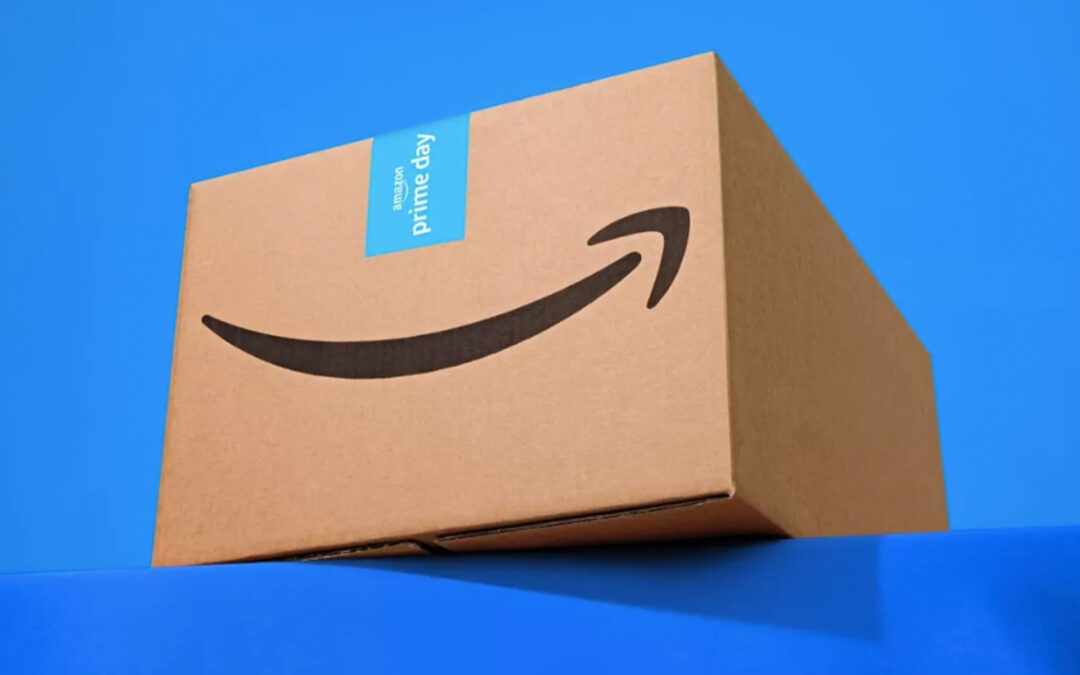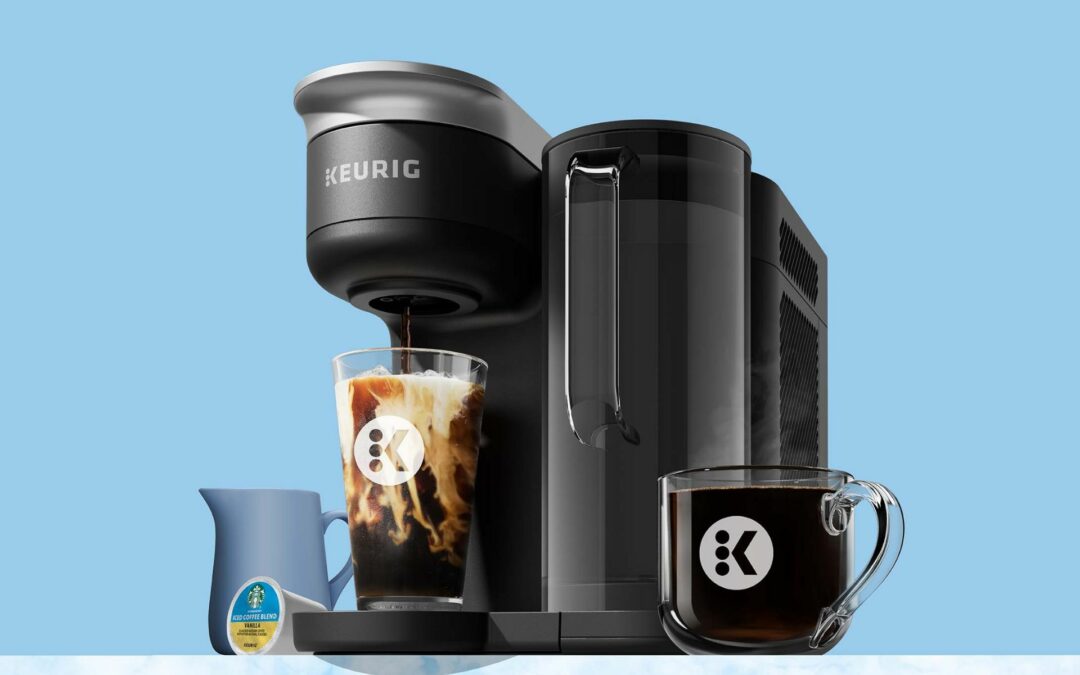This is the first installment of a series of exclusive HomePage News reports on the industry education program at the Innovation Theater during The Inspired Home Show 2022. The Innovation Theater is the McCormick Place Lakeside Lobby Room E350.
Strategies for Developing Resilience and Sustainability in Your Supply Chain
Thomas Cook, managing director of Blue Tiger, which consults with companies on supply chain issues, says that it’s going to be until the end of this year and into the first quarter of 2023 for a logistical knot that has hurt sales and driven inflation in the United States economy to abate, he told an Innovation Theater audience at The Inspired Home Show.
Cook said that few provisional measures or longer-term ones, including expanding port opening hours or expanding facility capabilities, are not really going to curb the current crisis because they won’t alleviate the pressure on the already overwhelmed supply chain as it exists now. Rather, he said, a reduction in consumer demand that’s expected to hit this summer should be a key factor that will lead to an easing of the problem.
To look forward to the future and help ensure more effective supply chain operations, Cook suggests finding new sources overseas, particularly to companies dependent on China; and participating in favorable programs established by the United States government including the Maquiladora initiative in Mexico, foreign trade zones and bonded warehouses, all of which can cut costs in cross-border supply chains.
Cook said companies should be looking at more than acquisition costs and considering the cost of landed goods to start figuring out how to improve the efficiency of supply. Blue Tiger uses a four-step evaluation process: Assessment of a company’s supply chain, application of its financial model to determine true costs, creation of an effective operations model and implementation to address shortcoming in logistical operations.
Accelerating Brands on E-commerce
Beau Oyler, CEO of Enlisted Design, and John LeBaron, chief revenue officer of Pattern, provided a viewpoint from companies that work together to help accelerate e-commerce operations of clients that have quality products and great consumer response to them.
As such, they’ve developed product design and data applications processes that emphasize creating products that have particular resonance with designated consumers.
In their presentation, they made the point that e-commerce is a channel of trade built on technology and subject to it. As such, new capabilities have come online, among them functions such as search word marketing, that can be enhanced by AI and machine learning to make them more efficient and cost-effective.
To get started in a faster-moving, more intense e-commerce world, technology has to inform brands at the most basic level of product development.
Oyler said brand developers, whether of product or retail brands, should assume nothing; seek to understand the target shopper and that shopper’s lifestyle through detailed analysis; observe and empathize to determine their personal priorities; mine relevant data and then synthesize it all to understand what the opportunity is and how to approach it. Once developed, a brand should pursue deliberate development that maximizes effectiveness through applying data-driven insights; building traffic to its e-commerce operations, developing and evolving content with recognition that images and video grab consumer attention. They also need to employ brand protection, including pricing awareness in the market;stay on top of MAP enforcement and monitoring counterfeits; and apply logistics with a focus on superior fulfillment, return handling, forecasting, work with third-party networks and cross-docking capabilities.
Turn Up Your Omnichannel Performance to a New Decibel
RFID is has become a critical technology in retail, embraced thoroughly by the apparel business and expanding rapidly in the home sector, something made more conspicuous by Walmart’s requiring vendors to apply tags to give the retailer access to the ensuing benefits, said Marshall Kay principal of RFID Sherpas.
The consultancy helps retailers get clients on board with RFID then works with them to get the most value from the technology.
Critically, RFID gives retailers and their vendors a clearer view of inventory. The convergence of online and physical retail has forced retailers to develop new competencies on how to manage product inflow but with technologies developed in the 1990s. In today’s omnichannel environment, those technologies and the related procedures can’t provide the degree of precision necessary to manage business as they operate today.
Walmart’s expansion of RFID began in 2019 with apparel, footwear, jewelry, watches and sunglasses. In a 2022 memo, Walmart told vendors it wanted to employ RFID technology to home goods including bath and shower, kitchen and dining, furniture and storage and organization, as well as electronics, toys, automotive.
Walmart recognizes RFID allows more efficient and more effective operations, and its adoption and the previous adoption by retailers such as Target and Macy’s means it will become, effectively, part of standard operating procedure.
RFID can do more than inventory management and can help retailers tracking shrink. But in today’s increasingly complex supply chain, companies are focusing on technology to help them more effectively manage the costly undertaking of consolidating and moving merchandise.
Turn Up Your Omnichannel Performance to a New Decibel
Scott Allen, vice president, business development and senior consultant, FitForCommerce (pictured above), said e-commerce and omnichannel are more important than ever. However, as the channel matures, omnichannel success requires more sophisticated strategies for success.
Allen said that at the store level, home retailers can do more to boost their omnichannel businesses as part of ordinary practices. In looking at home retailing, communication is key. Home retailers, for example, are low in popup use compared to the overall market.
Content is critical, he said, but the question is: How is the retailer getting the visibility for the product line? The consumer has to understand the proposition they’re being offered across a range of communication vehicles. Video is big and growing fast, and home shoppers are using it while shopping. Not only should video be better integrated online, but retailers also need to look hard at how video can be used in physical stores, Allen said.
Of course, the explosion of internal media operations that retailers have launched, with Amazon as one example but with others quickly developing such operations, Walmart included, is going to create the need for and opportunity in high-quality video content.
Weighing online and in-store video, Allen said, is an example of how retailers are having to reevaluate omnichannel. And the same holds true for vendors to the extent that their relationships with particular retailers gives them a cause to do so.
Even as new means of communication and new approaches to existing ones emerge, Allen said it’s important to ensure the continuation of the brand promise and message to maintain identity and relationships. Customer service is an associated element in the effort. Consumers want and expect exceptional customer service whether they’re in stores or on their phones. The best way to accomplish it all, he said, is integrating data into one actionable function that will sit in the organization’s core.





